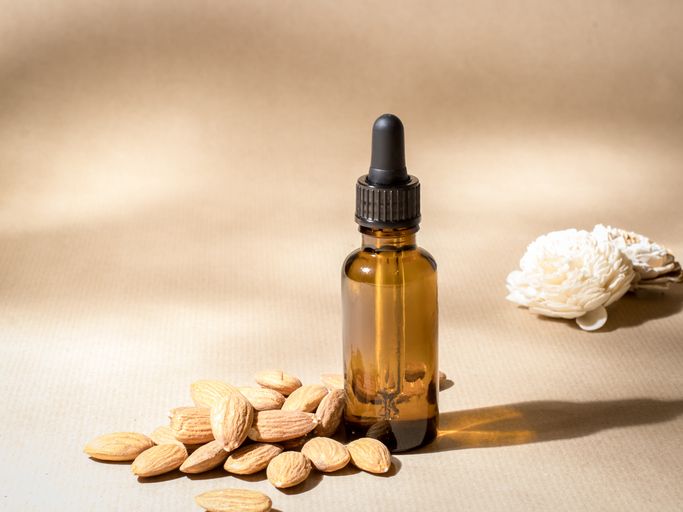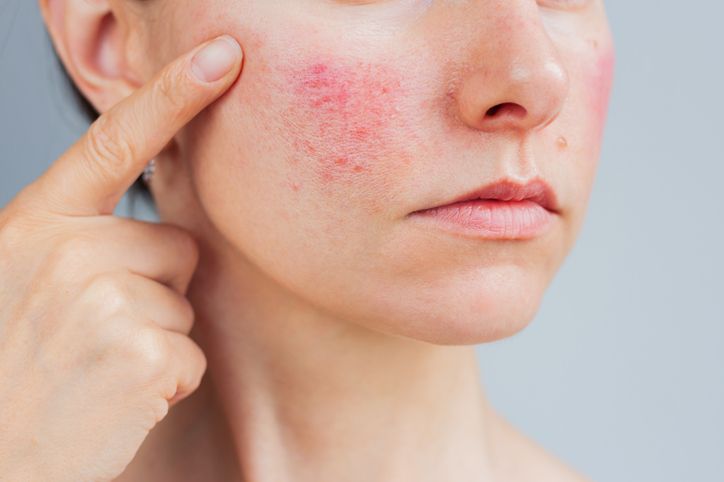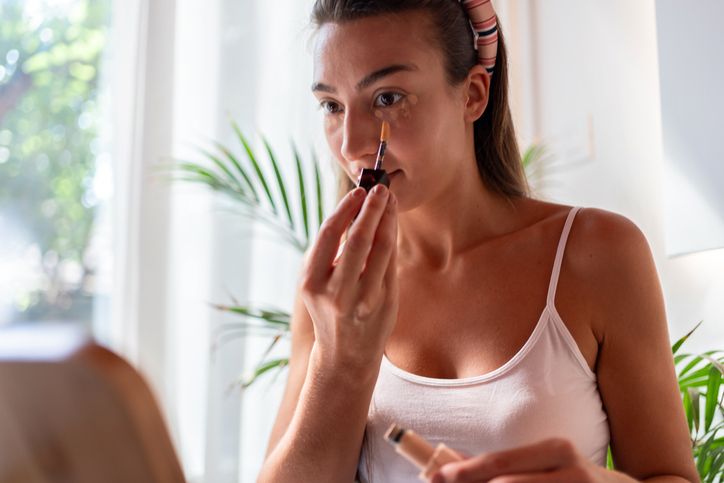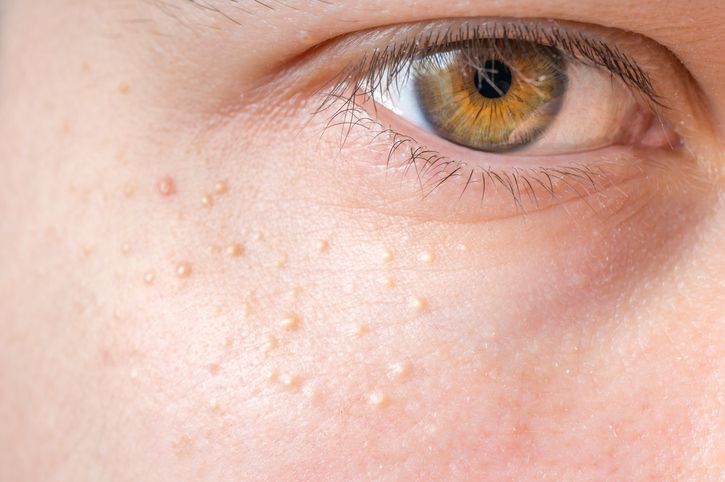- Home
- Trend
- Weight Loss Strategies
- Acne Tips
- Hair Health Information
- Blemish Removal Tips
- Acne Scar Removal Tips
- Muscle Building Techniques
- Intimate Care Tips
- Postpartum Intimate Care
- Eye Bags Wiki
- Tips for Face Slimming
- Secret of Permanent Hair Removal
- Breast Enlargement Tips
- Cure to Snoring
- Marionette Lines
- Skin-Tightening Secrets
Plum blossom needling is a popular Traditional Chinese Medicine (TCM) therapy for hair regrowth. It works by tapping the affected hair loss areas with a seven-star plum blossom needle to stimulate blood flow and reactivate hair follicles. But this treatment isn’t just for hair loss — with proper technique, it can also be applied to treat various parts of the body. In this post, we’ll share TCM explanations for the causes of hair loss, the 5 main benefits of plum blossom needling, and at the end, reveal the ultimate weapon for hair growth!
The History of Plum Blossom Needling
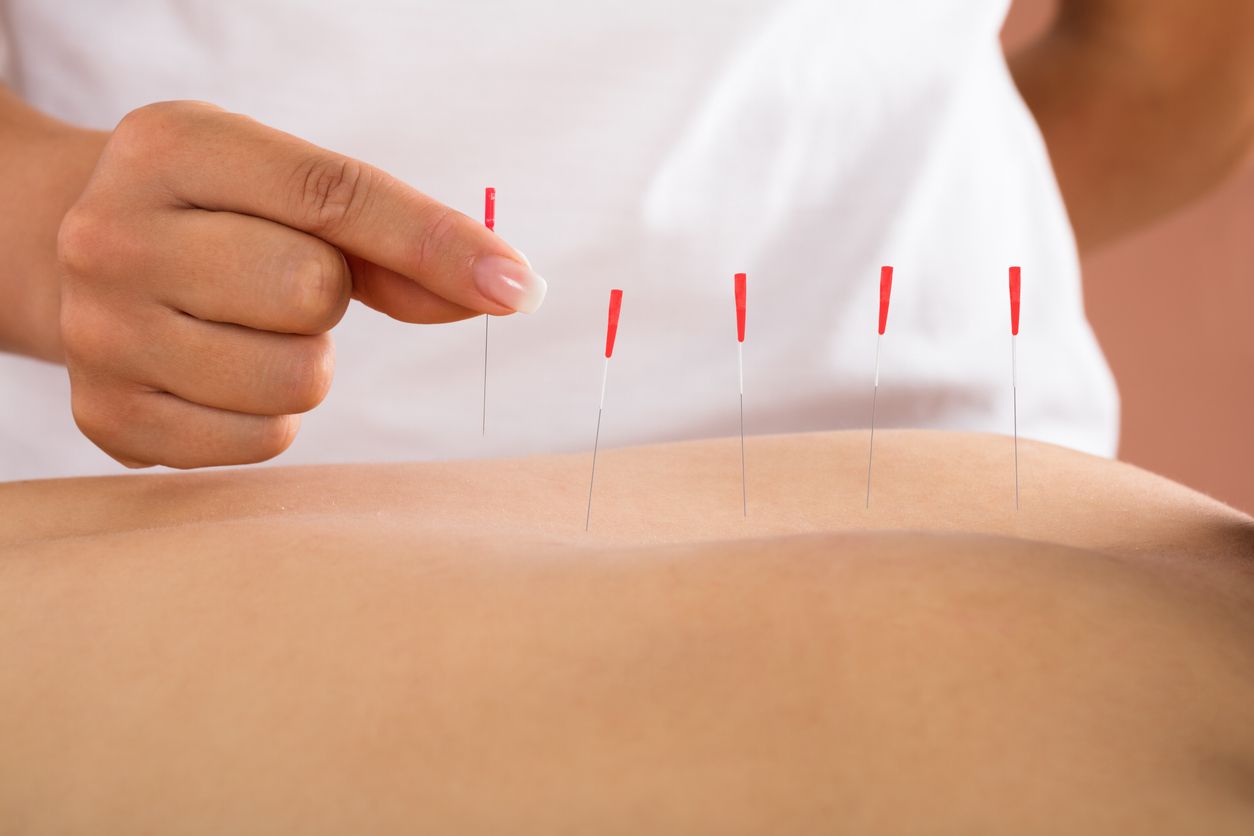
Plum blossom needling has long been used in TCM to relieve tension and stimulate circulation. It reflects the famous TCM principle: “Where there is pain, there is no free flow; where there is free flow, there is no pain.” By lightly tapping the skin over targeted areas, the technique stimulates meridians and promotes the smooth flow of qi and blood. Historically, plum blossom needles were also known as “skin needles,” “seven-star needles,” or “Luohan needles.” As recorded in The Yellow Emperor’s Inner Classic, this treatment falls under the category of “bloodletting and cupping” methods. The traditional seven-star needle is simply seven small needles tied to a handle — which could be made of basic materials like chopsticks, wooden sticks, or bamboo — leaving behind a reddish bloom on the skin, resembling a plum blossom, hence the name.
How Plum Blossom Needling Works
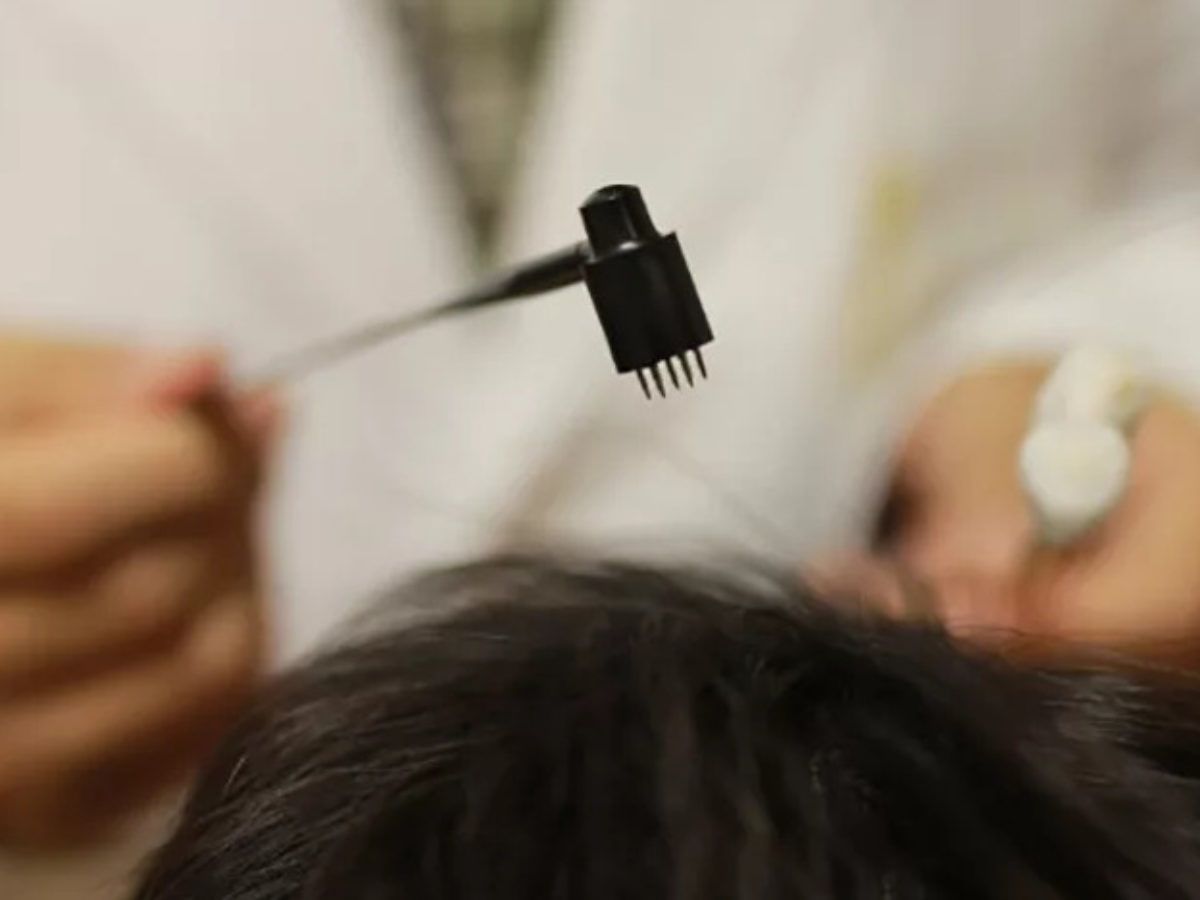
Plum blossom needling with bloodletting involves using the needle head to gently tap the skin’s surface and stimulate acupoints. Depending on the practitioner’s technique and the patient’s needs, varying force levels can be applied, making this method suitable for people of all ages and skin types. While originally used for pain relief, modern applications include treating hair loss by reactivating dormant follicles through shallow, cluster-style tapping. Some people worry about worsening wounds from direct needling, but in fact, proper technique targets corresponding acupoints rather than open wounds — avoiding direct contact with injuries.
免費體驗
F8 Hair Regrowth Treatment
1 Minute Self-Registration
Date should not be before minimal date
Is Everyone Suitable for Plum Blossom Needling?
While the small red marks left by the needles usually fade quickly, not everyone is a good candidate for plum blossom needling. People who are pregnant, have open wounds, bone fractures, infectious diseases, anemia, heart conditions, or bleeding disorders should avoid this therapy, as it can cause uncontrolled bleeding and slower healing due to hormonal imbalances. It’s essential to consult a licensed TCM practitioner beforehand to assess suitability. Additionally, if the targeted area has ulcers, damaged, or highly sensitive skin, it’s best to wait until full recovery before treatment to prevent worsening or spreading infections.
4 TCM-Identified Causes of Hair Loss — It's More Than Just Stress!
1. Excessive Heart and Liver Heat
According to TCM, hair loss with discoloration or poor follicle health may be linked to excessive “heart and liver fire,” meaning excessive yang energy in the liver creates internal heat, causing both heart and liver fire to rise. This is often associated with mood swings, irritability, and emotional instability. The root issue lies in poor qi and blood circulation, which slows metabolism and traps toxins. Scalp follicles become clogged with old keratin and sebum, leading to expanding hair part lines. Symptoms include a bitter taste in the mouth, dry tongue, thick tongue coating, or bad breath.
2. Overstrain of the Heart and Spleen
This refers to hair loss caused by emotional stress and overthinking — what many people call stress-induced hair loss. When emotional burdens linger, the flow of qi and blood is disrupted, echoing Western medicine's idea of hormonal imbalances. This type often accompanies insomnia, forgetfulness, lack of focus, and persistent low mood. It’s not a sign of weak stress tolerance, but rather a health warning from your body.
3. Kidney Qi Deficiency
Hair health is closely linked to kidney qi. When it’s deficient, hair becomes undernourished and prone to falling out. TCM divides this into yin and yang deficiency, which can affect both men and women. In Western terms, this corresponds to imbalances in male and female hormones. Common symptoms include heart palpitations, dizziness, and in some cases, nocturnal emissions in men or menstrual irregularities in women.
4. Qi and Blood Stagnation
As the saying goes in TCM: “Hair is the surplus of blood.” When blood is sufficient and flowing smoothly, hair will be strong, shiny, and healthy. If circulation is poor, oxygen and nutrients can’t reach hair follicles, preventing the replacement of old cells and proper keratin turnover — worsening hair loss over time.
Beyond Hair Regrowth — 5 Common Areas Treated with Plum Blossom Needling
1. Nervous System Disorders
Plum blossom needling is effective for nerve-related issues like muscle tension, spasms, paralysis, and sciatica. It relaxes the body by stimulating key acupoints. For sciatica, practitioners typically target points like Tianzong, Fengshi, Xuanzhong, and Qiuxu — which are located on the fingers and ankles, not near the spine, minimizing risk of nerve damage.
2. Pain and Inflammation
This technique is also widely used to treat inflammation-related pain, such as frozen shoulder, knee arthritis, or tennis elbow. Since these issues lie beneath the skin, needle tapping helps stimulate circulation and ease discomfort. It can even be used in ENT cases to alleviate inflammation in the ears, nose, or throat.
3. Gynecological Issues
Plum blossom needling helps regulate menstrual issues such as irregular periods, painful menstruation, or amenorrhea — especially when caused by hormonal fluctuations. It promotes blood circulation and clears blockages to restore a healthier menstrual cycle.
4. Digestive Disorders
To treat digestive problems, needles are tapped on points like Zhongwan, Zusanli, and Neiguan with medium intensity. This improves gut function, nutrient absorption, and toxin elimination. It also benefits urinary issues like urethritis or prostate conditions in men.
5. Hair Loss (Today’s Focus!)
Hair loss treatments with plum blossom needles involve tapping directly on the scalp or acupoints like Touwei, Baihui, and Shangxing. This stimulates cell metabolism, unclogs follicles, and promotes the absorption of nutrients — encouraging the growth of new, healthy hair.
免費體驗
F8 Hair Regrowth Treatment
1 Minute Self-Registration
Date should not be before minimal date
Real-World Application — Always Seek a Professional TCM Practitioner!
1. Do Not DIY at Home
Although home-use plum blossom needles are available online, improper technique can cause more harm than good. Without proper TCM training, it’s difficult to identify the right acupoints or control the appropriate tapping force.
2. Varying Force for Different Needs
Professional treatments apply different levels of pressure:
• Light force: Safe for seniors, women, and children with delicate skin.
• Medium force: Suitable for most people, provided it's applied skillfully to avoid bleeding.
• Heavy force: May cause temporary redness or pinpoint bleeding, but it's ideal for younger people with thicker skin and faster healing ability.
3. Ensure You're a Suitable Candidate
People with diabetes, hemophilia, anemia, heart disease, or cancer may bleed excessively or heal slowly and should avoid this treatment. Pregnant or breastfeeding women are also advised against it due to hormonal fluctuations. Check for any skin conditions like eczema, sores, or infections — treatment should be postponed if present.
4. Inspect and Disinfect the Needles
Before beginning, it’s perfectly reasonable to ask your TCM practitioner to inspect the needle head. Rusty or loose needles can lead to tetanus or reduced efficacy. Disinfection is also critical to avoid introducing bacteria during the procedure.
Post-Treatment Precautions
• Avoid water or dirt on the treated area for several hours post-treatment.
• Redness or small blisters are normal — don’t touch the skin directly with your hands. These should subside on their own within a few days; if not, seek professional advice.
• Keep warm — the body remains vulnerable after treatment and should not be exposed to cold.
Other TCM Treatments for Hair Loss
1. Herbal Remedies (Internal Therapy)
TCM is known for its customized herbal formulations. Though slower acting, internal decoctions offer long-term benefits when taken consistently. Brewed herbal soups or tonics based on personal diagnosis can help promote hair growth from within.
2. Cupping Therapy
Similar in principle to plum blossom needling, cupping uses heated glass cups to create suction, pulling stagnant blood to the surface. Once “bad blood” is expelled, improved circulation supports healthier hair regrowth.
3. Herbal Compresses (External Therapy)
Another gentler method of TCM hair regrowth is applying herbal compresses externally. These are made from natural plant-based herbal formulas blended into a topical “hair mask.” Unlike commercial hair care products, these herbal mixtures can be applied directly to the scalp without causing any burden. Not only do they nourish the hair, but they also support scalp health effectively.
A Super Pain-Averse Editor Tries Plum Blossom Needling — Not As Painful As Expected, But Also Not As Effective?
The reason I tried plum blossom needling was because I was experiencing premature balding — my hair had thinned so much that my scalp was nearly visible! After drinking Chinese herbal medicine for over half a year and trying various hair growth serums with little success, I decided to give plum blossom needling a shot.
My trusted TCM doctor told me that plum blossom needling is mainly used to treat alopecia areata — the sudden onset of patchy hair loss with no clear cause. So, for someone like me with hereditary hair loss, it might not be that effective…
Still, I decided to try it once. Full disclosure: I’m really afraid of pain. So the practitioner used a very light touch. Even though there was some bleeding on the scalp, it wasn’t painful. The doctor gently dabbed the blood away while continuing to tap. Afterward, my scalp felt hot and itchy. For a few days, I handled shampooing and brushing my hair very carefully. It didn’t hurt — but unfortunately, I didn’t notice any improvement in hair loss or new growth either… It just felt like I gave my scalp a little workout.
Frustrated, I went online and immediately searched for hair regrowth treatments — and ended up signing up for the well-known Perfect Medical F8 Hair Regrowth Treatment.
Honestly, I wasn’t expecting much (since the trial was free), but I was curious to see what modern hair regrowth technology looked like. After the session, I didn’t feel any itchiness or pain, and didn’t think too much about the results. But about a week later, while brushing my hair before bed, I noticed some tiny baby hairs appearing in what used to be a completely bald hairline!
I thought I was seeing things — that central part had always been bare!
Since I hadn’t changed my diet or hair-washing routine, I credited the results to the hair regrowth treatment. The pricing turned out to be quite reasonable too — doing it once or twice a month was affordable. So, to rescue my still-viable hair follicles, I decided to invest both money and time into continuing the treatment!
If you’re like me — experiencing early hair thinning, low hair volume, or naturally sparse hair — I think it’s worth taking one step further and trying a hair regrowth treatment. Sometimes, money really is power! After all, the first trial is free and comes with a professional consultation. If you’re interested, go check it out!
Try it Today: Perfect Medical F8 Hair Regrowth Treatment免費體驗
F8 Hair Regrowth Treatment
1 Minute Self-Registration
Date should not be before minimal date
FAQ

How often should plum blossom needling be done?
Once or twice per week is recommended. Each session should last no more than 15 minutes.
How many times can you tap the same area with the plum blossom needle?
No more than 15 taps per spot. Repetitive tapping beyond this may damage the skin and weaken its barrier.
Is plum blossom needling the same as acupuncture?
No. While plum blossom needling is categorized under the “bloodletting and cupping” methods, it uses seven needles simultaneously to tap the surface, unlike acupuncture, which uses a single needle per acupoint.
Can plum blossom needling involve bloodletting?
Yes, it can. Mild pinpoint bleeding is sufficient for achieving the therapeutic effect. It’s not recommended to tap until there is heavy bleeding.
How should I care for my skin after a plum blossom needling session?
No special care is needed. Just avoid water and dirt on the treated area for a short period. If the skin doesn’t improve within 2 to 4 days or if you experience other physical symptoms, consult a doctor immediately.






